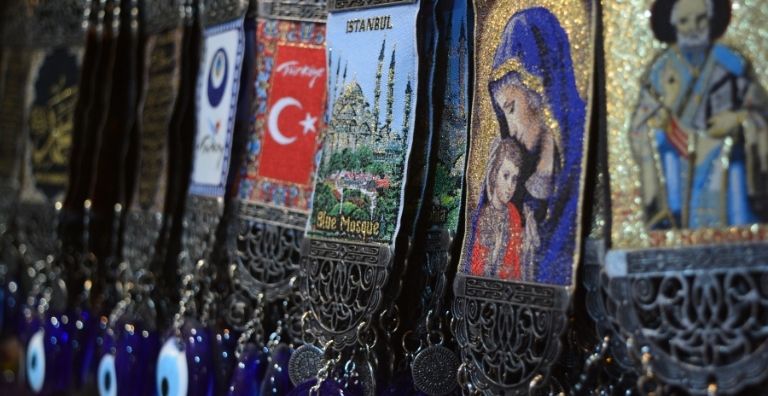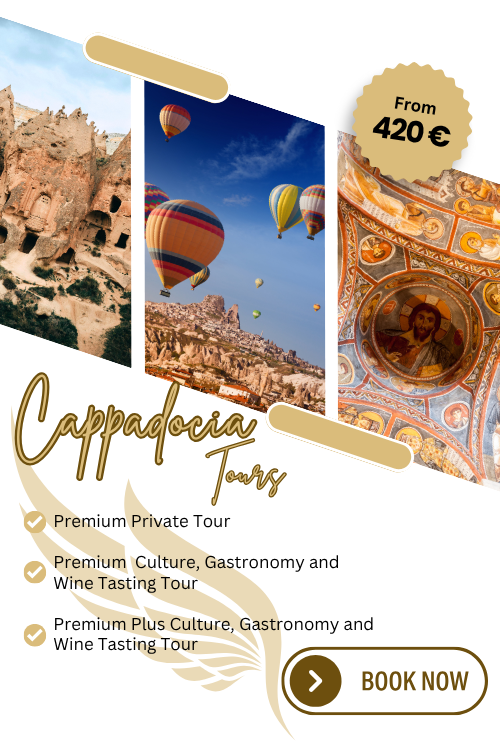
Culture, Culture Ecology , Cultural Heritage
Culture is defined by UNESCO as a whole of material, spiritual, intellectual, and emotional features that define a society or social group. It includes arts, literature, lifestyles, fundamental human rights, value systems, traditions, and beliefs. Culture expresses the transition from what is produced by nature to what is made by human hands. In another interpretation, culture produces cultural tools derived from nature to transform nature. In fact, nature produces culture, and culture changes nature over time.
Culture has strong ties not only with the historical process and nature but also with the geography it shapes. Culture shaped within the framework of the environment’s impact on culture is defined as cultural ecology. This situation can actually be expressed as the state of culture adapting to the natural environment where it is. Culture cannot be understood outside the boundaries that form it. Cultural forms are created in relation to places. Identity is defined or redefined through areas. Culture, when taken together with objects, technology, and the natural world, turns into a meaningful structure.
Places are the tools of cultural life; they are the places where society and people root themselves and define themselves. Meanings have been attributed to places. Each place on earth is unique with some features and similar to other places with other features. The uniqueness or similarity is related to why objects are found in that area. The concepts of area and place are used to explain why each point on earth is to some extent unique.
Cultural heritage is the whole of values reflecting a society’s common past and containing detailed information about the society’s culture, history, and identity. Furthermore, cultural heritage is also defined as tangible and intangible assets of artistic, architectural, archaeological, and historical significance, containing information about the cultural essence of a region. It is possible to express cultural heritage, which adds value to the region or destination it belongs to, as a national treasure or cultural capital . In fact, cultural heritage is the uniqueness of a geographical area and precisely the cultural ecology created by areas and places.
Bibliography
– Aşılıoğlu, F., & Memlük, Y. (2010). Frig Vadisi Kültür Mirası Alanlarının Belirlenmesi ve Değerlendirilmesi. Ankara Üniversitesi Çevrebilimleri Dergisi, 185-197.
– Eagleton, T. (2005). Kültür Yorumları. (Ö. Çelik, Çev.) İstanbul: Ayrıntı Yayınları.
– Kuşçuoğlu, G. Ö., & Taş, M. (2017). Sürdürülebilir Kültürel Miras Yönetimi. Süleyman Demirel Üniversitesi Yalvaç Akademi Dergisi, 58-67.
– Longhurst, B., Smith, G., Bagnall, G., Crawford, G., Ogborn, M., Baldwin, E., & McCracken, S. (2008). Introducing Cultural Studies. Edinburg: Pearson Education.
– Rubenstein, J. M. (2011). The Cultural Landscape. Boston: Prentice Hall.
– Steward, J. H. (1972). Theory of Culture Change(The Methodology of Multilinear Evolution). Chicago: University of Illinois Press.
– Tylor, E. B. (2016). Primitive Culture (Cilt I). New York: Dover Publications.
– UNESCO. (2019, 09 11). Mexico City Declaration on Cultural Policies: https://unesdoc.unesco.org/ark:/48223/pf0000054668?posInSet=1&queryId=N-EXPLORE-52a6f342-5554-43a3-92e1-0d9dc6e98aac .
– Yolaçan, M. K., & Yüksek, G. (2022). Sivrihisar İlçesinin Temel Turistik Arz kaynaklarına İlişkin Somut Kültürel Miras Envanterinin Belirlenmesi. Journal of Gastronomy Hospitality and Travel, 1820-1846.
